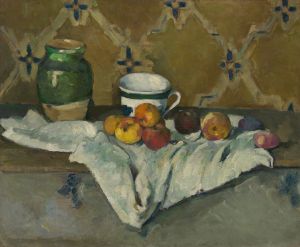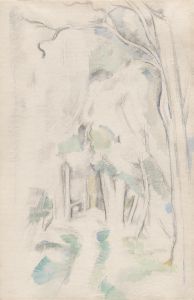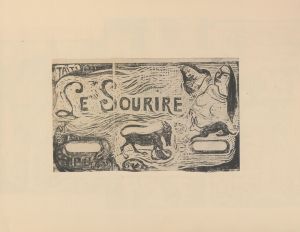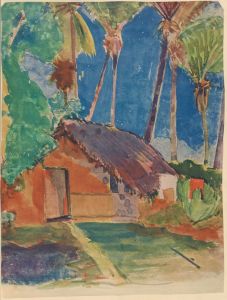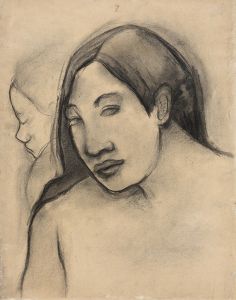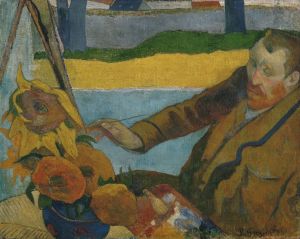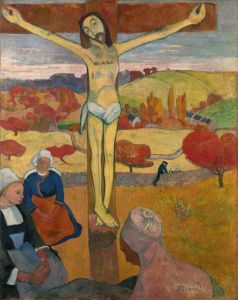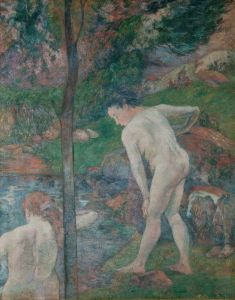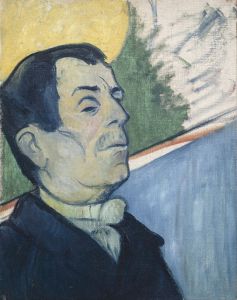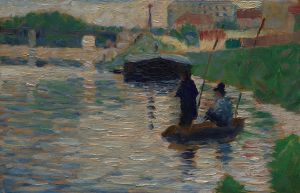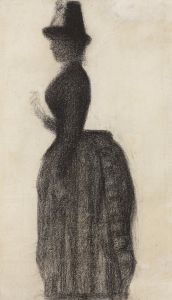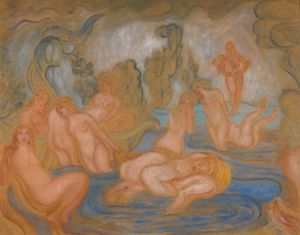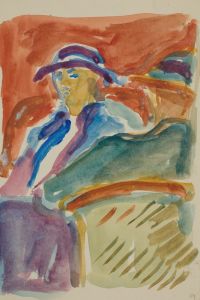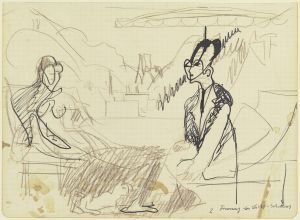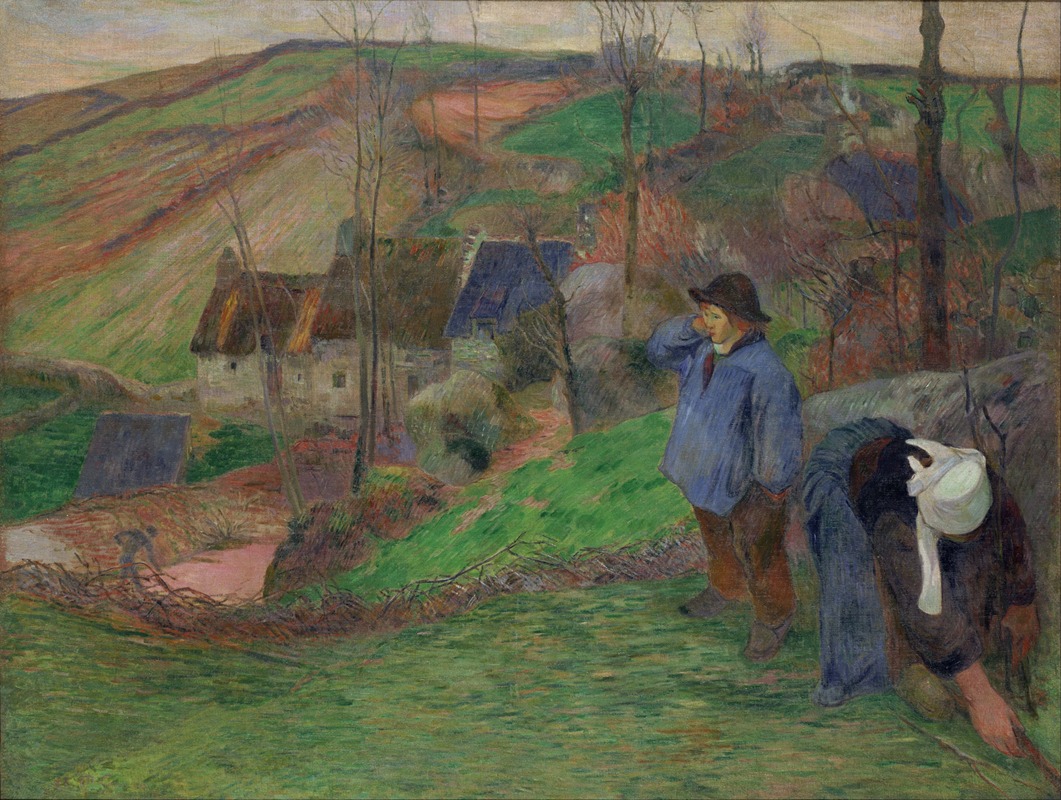
Landscape of Brittany
A hand-painted replica of Paul Gauguin’s masterpiece Landscape of Brittany, meticulously crafted by professional artists to capture the true essence of the original. Each piece is created with museum-quality canvas and rare mineral pigments, carefully painted by experienced artists with delicate brushstrokes and rich, layered colors to perfectly recreate the texture of the original artwork. Unlike machine-printed reproductions, this hand-painted version brings the painting to life, infused with the artist’s emotions and skill in every stroke. Whether for personal collection or home decoration, it instantly elevates the artistic atmosphere of any space.
Paul Gauguin's Landscape of Brittany is a painting created during the artist's time in Brittany, a region in northwestern France, in the late 19th century. Gauguin, a leading figure of the Post-Impressionist movement, spent several periods in Brittany, particularly in the small town of Pont-Aven, where he sought inspiration from the rural landscape and local culture. This painting reflects his interest in the natural beauty and simplicity of the region, as well as his evolving artistic style.
The work is characteristic of Gauguin's departure from traditional Impressionism, as he moved toward a more symbolic and expressive approach to art. During his time in Brittany, Gauguin developed a style known as Synthetism, which emphasized bold colors, simplified forms, and the artist's subjective interpretation of the scene. Landscape of Brittany exemplifies these principles, showcasing Gauguin's use of vibrant tones and flattened perspectives to convey an emotional and spiritual connection to the environment.
The painting depicts a rural scene, likely inspired by the rolling hills, meadows, and rustic charm of the Breton countryside. Gauguin often incorporated elements of local life and culture into his works, and while this particular painting focuses on the landscape, it reflects the artist's broader fascination with the region's unspoiled nature and traditional way of life. The composition is carefully structured, with an emphasis on harmony and balance, which was a hallmark of Gauguin's work during this period.
Gauguin's time in Brittany was pivotal in his artistic development. He was part of a community of artists in Pont-Aven, where he exchanged ideas and experimented with new techniques. This period marked a turning point in his career, as he began to reject the naturalistic representation of Impressionism in favor of a more abstract and symbolic approach. His works from this time, including Landscape of Brittany, laid the foundation for his later masterpieces and his influence on modern art.
The exact date of Landscape of Brittany is not always clearly documented, but it is generally attributed to the late 1880s, during one of Gauguin's stays in the region. The painting is now held in a public or private collection, though its current location may vary depending on exhibitions or loans. Gauguin's works from Brittany remain highly regarded for their innovative style and their role in shaping the direction of modern art.
This painting is an important example of Gauguin's ability to transform ordinary landscapes into evocative and symbolic compositions, reflecting his unique vision and artistic philosophy.





